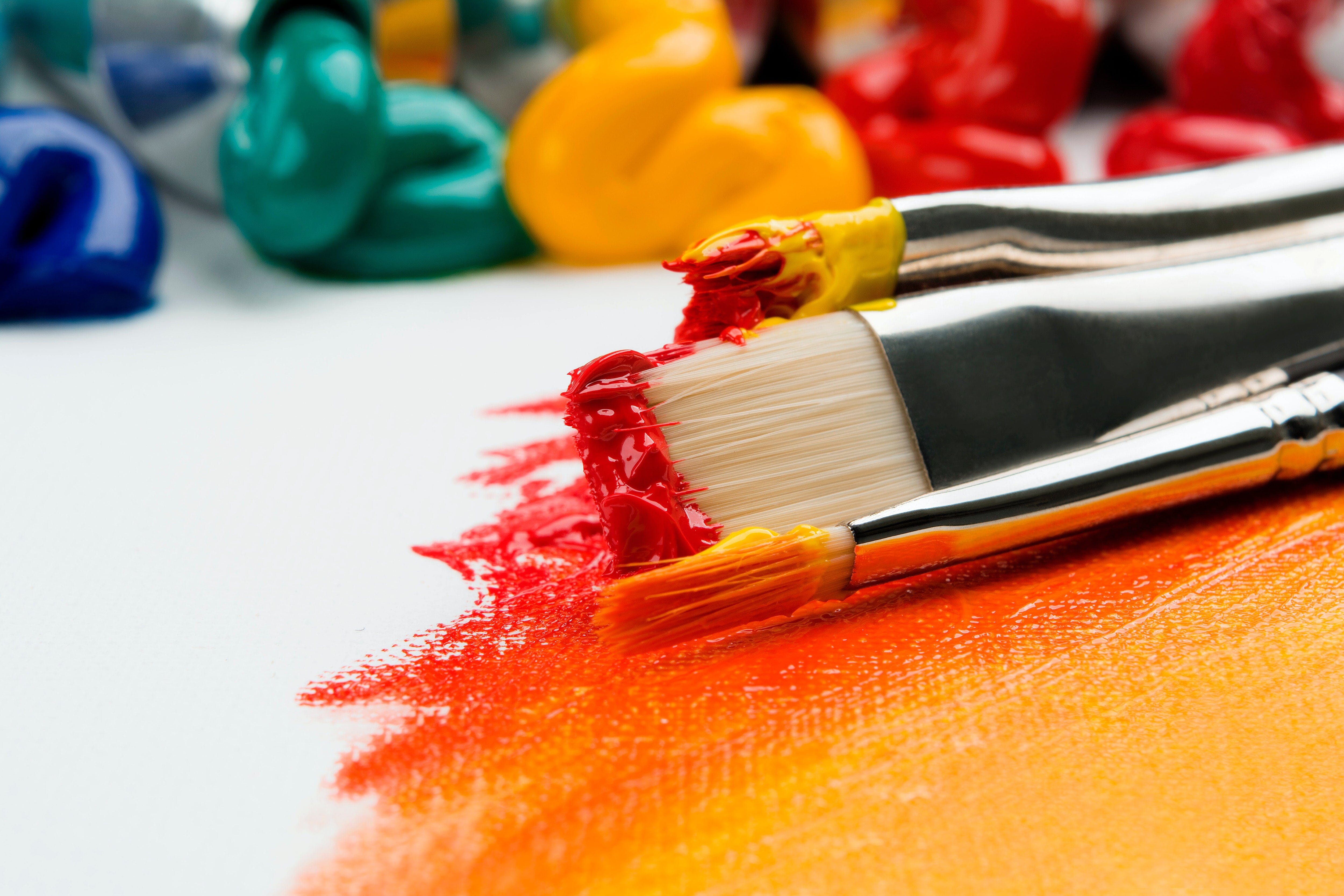From 9H to 9B: A Simple Explanation of Graphite Grading Scales
Modern pencil leads are not made of lead at all, but of graphite (a form of carbon). Graphite is non-toxic (unlike lead) and is highly stable under prolonged UV light exposure (highly lightfast).

Graphite Ore
Hard Leads
Pencil leads can be made harder with the addition of specific waxes or resins. Hard leads are smudge-resistant and give clean lines, making them useful for things such as outlines, technical drawings, light sketches and under-drawings, and even watercolors. Left-handed pencil users can also take advantage of smudge-resistant hard leads. On the downside, sharpened hard leads tend to be quite sharp (they can even emboss the page if you press too hard) and are difficult to erase, especially as you move up the scale in hardness.
Soft Leads
Pencil leads can be made softer through the addition of clay or by the omission of wax. Soft leads are smooth to write and draw with. They smudge easily, but are readily erased. Soft graphite is perfect for drawing as artists can take advantage of the brush-like expressions (especially in the softer end of the spectrum). Animators in particular enjoy using very soft leads because it lays-down like butter, creating quick, heavy lines with little friction. Softer leads leave a darker mark because it deposits more graphite material on the paper. The downside is soft pencils leads will lose their point quicker, require more frequent sharpening, and will also be consumed faster.
x
There are two widely accepted graphite grading scales used to measure the hardness of a pencil’s graphite core
- The HB Scale
- The Numeric Scale

The HB Scale
Most pencil manufacturers utilize the HB grading system.
- The letter “H” is used to indicate the hardness of a pencil's mark.
- The letter “B” is used to indicate the blackness of a pencil’s mark (a darker mark means a softer lead).
- The letter “F” is used to indicate that the pencil lead is a special formulation that will maintain a fine point.
If you can remember this, you're set...

In the past, pencil makers have used combinations of letters to tell us more information about the graphite; a pencil marked HB is both hard and black, a pencil marked HH is very hard, and a pencil marked BB” is very black. This simple grading system has been expanded in recent decades to include many more degrees. Most modern pencils using the HB scale feature a letter designation accompanied by a number (such as 2B, 6B or 5H) to indicate the degree of hardness or blackness.
At this point in time, the F pencil is the only grade that isn't accompanied by a number (because there's only the one variant). The F is equivalent to an H, but with the added feature of staying sharp longer. Because they so rarely require sharpening, one F pencil can last an entire drawing career!
The Numeric Scale
The numeric scale is used only on graphite products manufactured in (or marketed to) the USA. This scale is based on a numbered measure of lead hardness. The number is usually marked on the pencil's wood casing; look for a number such as #2 , #2-1/2, or #3. The higher the number, the harder the lead and the lighter the mark left on the paper.
Scale Comparisons & Confusions
Pencil manufacturers who want to sell their pencils worldwide will often include both grading systems on the wood casing, which can be extremely confusing for many people!
An HB pencil is the middle of the road (in terms of hardness/softness) and is considered to be equivalent to a #2 pencil, so manufacturers will label their pencils HB #2.


x
Signs of High and Low Quality Leads
Unfortunately, industry-wide standards don't exist for the darkness of the mark left by an HB lead (or any other grade for that matter). Therefore an HB (#2) pencil from one brand will not necessarily leave the same mark as an HB pencil from another brand. For example, in Japan, consumers tend to prefer softer, darker leads; so an HB lead produced in Japan is generally softer and darker than an HB from European producers. Pencil manufacturers set their own internal standards for both graphite hardness grades and the overall quality of the core.- High Quality Lead: Made from finely ground, pure graphite and should feel very smooth on paper, regardless of the grade. High quality leads should erase (at least most of the way).
- Low Quality Lead: If graphite is not ground finely enough, or contains impurities (such as bits of ground rock from the mining process), it can have a coarse, scratchy feeling against the paper, and may even scuff or mar the paper's surface, leaving rough gouges and making erasing near to impossible. Low quality pencils also contain more fillers (wax and/or clay) and the differences between grades are not as pronounced.







